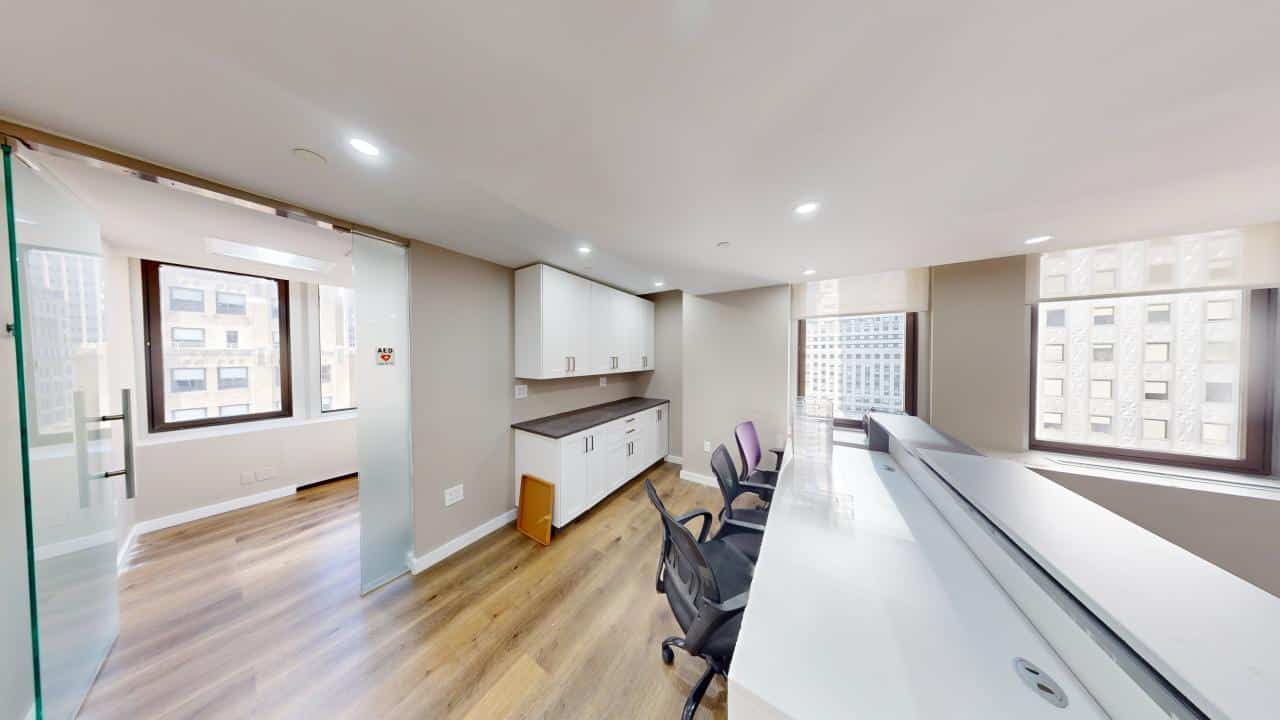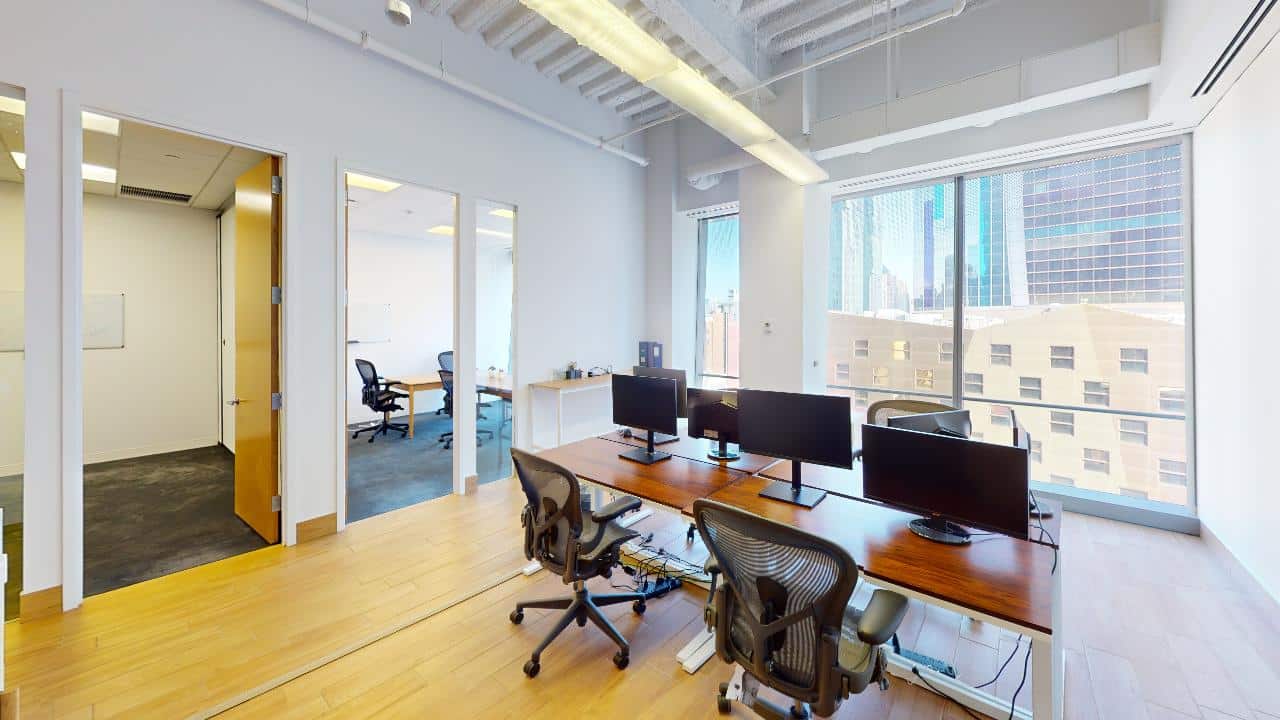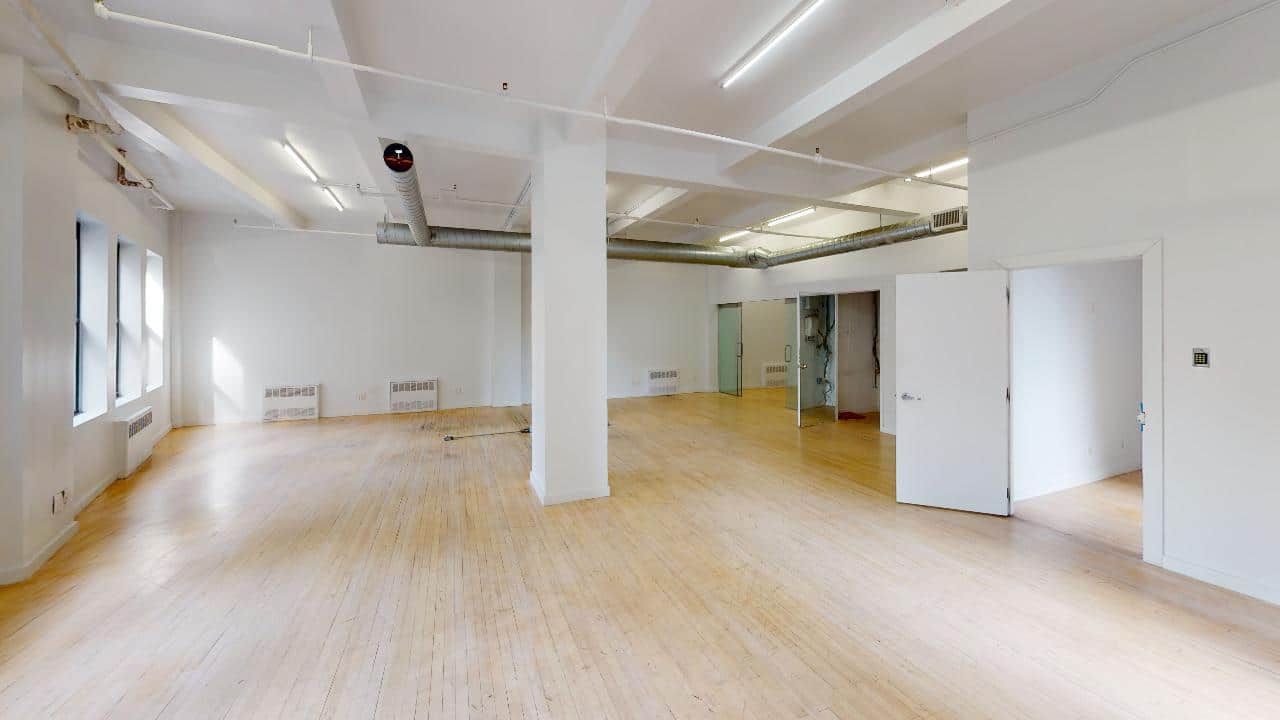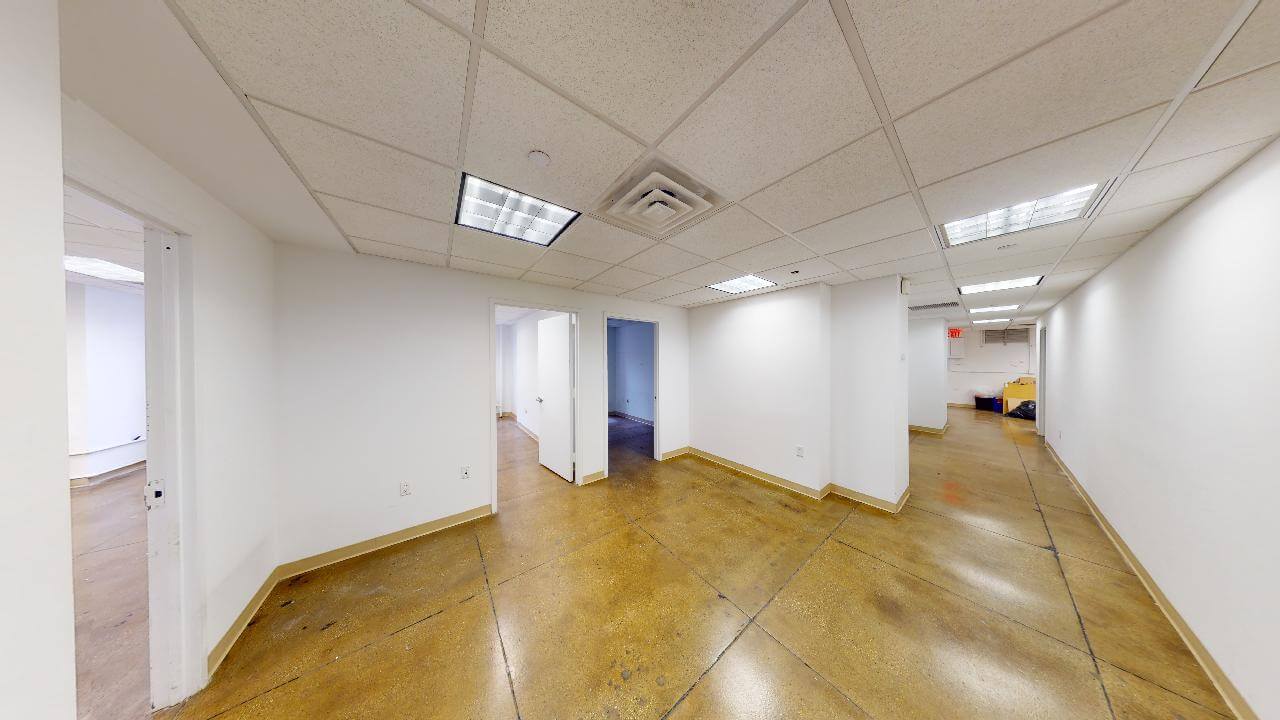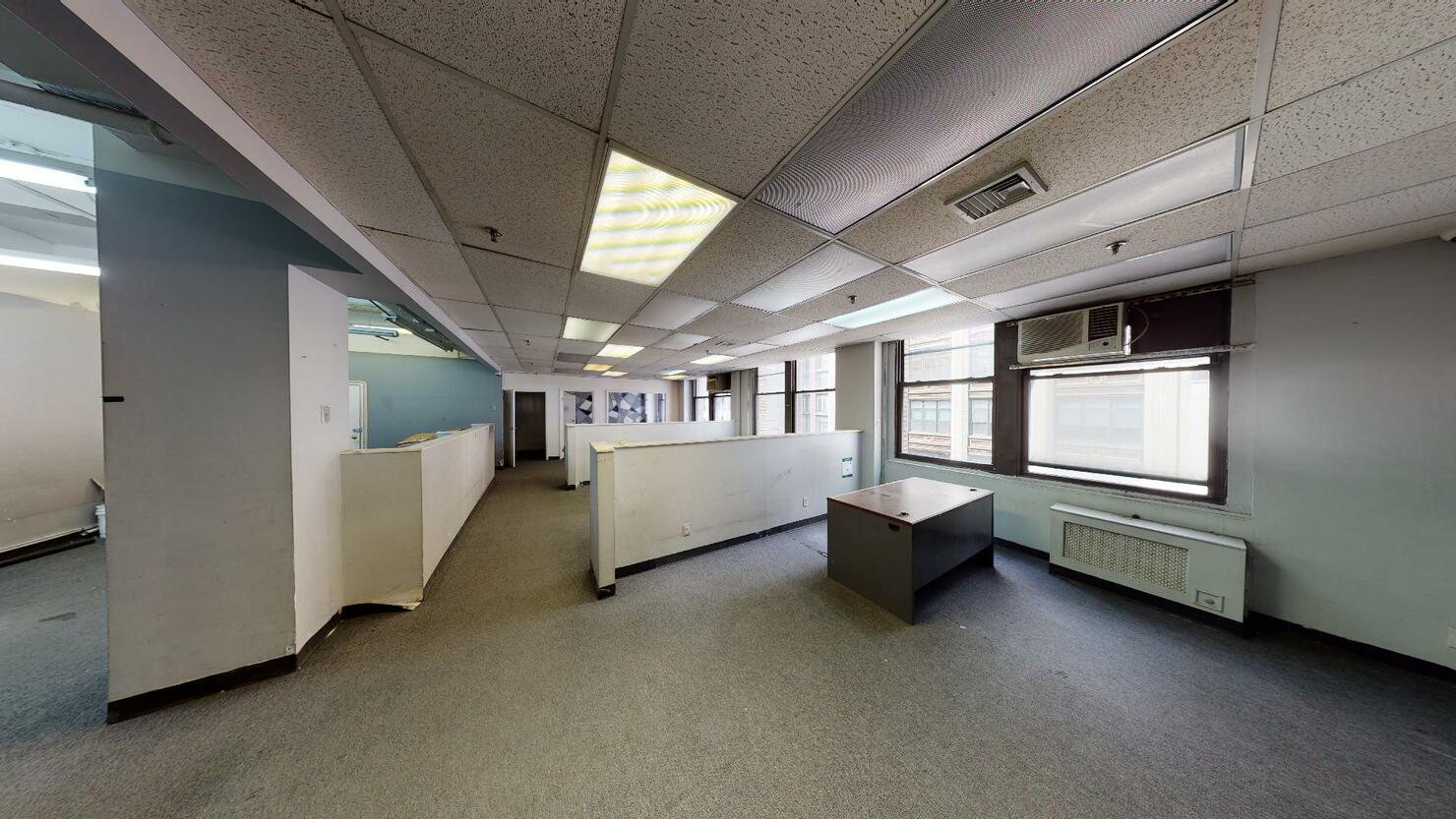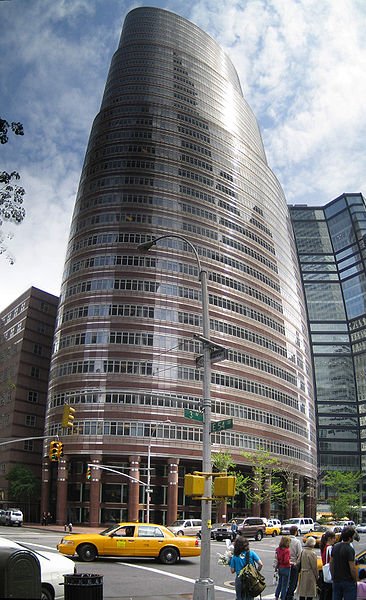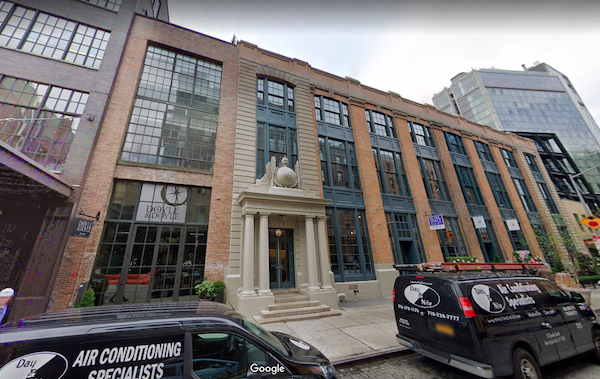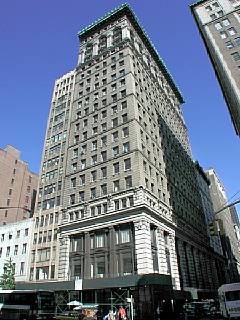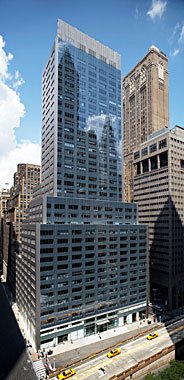Last year, Moody released projections that show the national commercial vacancy rate will reach 19.9$ in 2021 and 20% in 2022, surpassing the 1991 record high of 91.7%. Additionally, CBRE research shows that office use is faring better in car-dependent cities like Los Angeles than in cities where people depend on public transportation, like New York City. Last but not least, more and more companies are embracing remote work and downsizing their office footprint. All this translates into bad news for commercial landlords in NYC, but it is excellent for commercial tenants. Here are all the reasons why.
Repurposing office space
Before the pandemic, things were cut-and-dry: office buildings were reserved for office use and nothing more. Nowadays, as companies switch to remote/hybrid work models and offices are left vacant, landlords have no other choice but to diversify their tenant base. Before 2020, it was hard to imagine Midtown Manhattan‘s office towers housing anything other than traditional office tenants. In 2021, if a tenant can pay the rent and will not cause damage to the building, landlords will consider them. From therapists or physicians’ offices to even personal training or retail businesses, they all have a chance now at snagging a coveted NYC address. What’s more, NYC officials are even considering turning 1 million square feet of Manhattan office space into housing to avoid a potential collapse in commercial property prices.
Relocation and expansion opportunities
Before the pandemic hit New York City, many of Manhattan’s office buildings were leased to a single-tenant, built-to-suit, or they had an anchor tenant in place that occupied most of the building. Fast forward to 2021, and many of these companies are downsizing, switching instead to a remote or hybrid work setup. Companies like Facebook, Microsoft, Twitter, and even Morgan Chase let employees work from home indefinitely. The result is they won’t need as much office space as they did before. This is good news for smaller businesses that now have many options to choose from, either for relocation or expansion. As anchor tenants downsize their office footprint, smaller tenants in the building have an opportunity to increase theirs, and at a reasonable price.
Plenty of room for negotiation
Office space in New York City is notoriously pricey, with some parts of Manhattan commanding rents over $90 or $100 per square foot. Before 2020, because available office space was limited, the competition was fierce, and most deals were closed at the asking rent. Tenants might’ve had some wiggle room in some cases and were able to negotiate perhaps 10%-15% off that price. However, the reduced rent would entail little to no concessions. In 2021, things are different, and tenants have a lot more room to negotiate, as competition for available space has relaxed significantly. Nowadays, tenants can negotiate the asking rent by as much as 25%, with concessions such as build-outs, free rent, and tenant improvements included.
Landlords are open to concessions
Besides having room to negotiate asking rents, commercial tenants are now in a powerful position to negotiate concessions and extra amenities. As competition for vacant office space is low, landlords are open to negotiating and offering things like tenant improvement allowances, free rent, build-outs, and other extras for all building classes (A, B, or C) not possible before. Tenants used to get either limited free rent or landlord work or tenant improvement allowances, but rarely both, unless it was a Class A space. Landlords would get various offers on the table for any available space, so they had the upper hand. In 2021, even A-class office space lingers on the market, putting pressure on landlords to accept and adapt to tenant requirements. As a result, tenants can negotiate free rent, tenant improvements, and landlord’s work into their lease agreements.
Options abound for small businesses
Pre-pandemic New York City was a dog-eat-dog world when it came to commercial real estate. Companies worldwide competed to grab a coveted Manhattan business address, and this intense competition pushed office rents upwards. The limited available space meant that landlords didn’t have to worry about finding tenants willing and able to pay top dollar for a space. Major corporations kept expanding their office footprint to multiple floors or even full buildings, and as a result, smaller businesses had very few options to choose from. Not to mention that startups have tighter budgets and often can’t afford the expensive asking rents demanded for Class A office space in Manhattan, especially when competing against corporations.
These corporations are downsizing, and landlords are open to dividing spaces to accommodate smaller tenants, which brings plenty of opportunities for small businesses. With so much office space left vacant, startups and small companies have various quality options to choose from, ranging from Class C to Class B and Class A spaces, which they didn’t have access to before.
Conclusion – tenants have the upper hand in 2021
To sum up, while 2021 is likely to be a rough year for commercial landlords, it is a year of commercial tenants’ opportunities. Companies of all sizes now have access to spaces and amenities that weren’t available to them before and plenty of options to choose from. Landlords can’t afford to refuse tenants as spaces linger on the market, so they’re much more open to negotiating rents and extras and even accepting non-traditional uses of their office spaces. As the market will eventually go into recovery mode, prices are likely to recover, and employees will return to their offices. However, social distancing and remote work are still the norms, so this is the best time for companies to lease, relocate, expand, or renegotiate their contracts.

